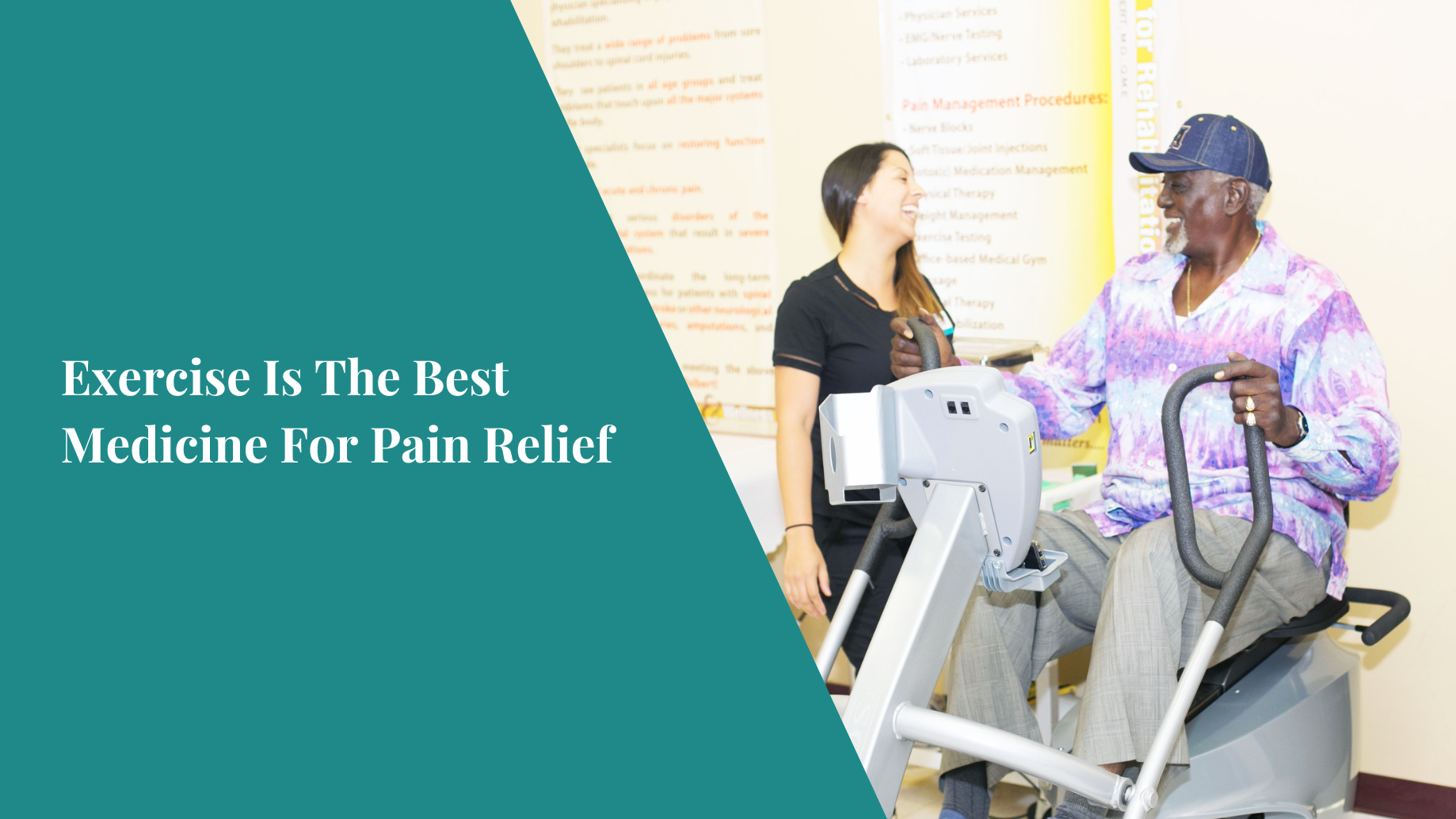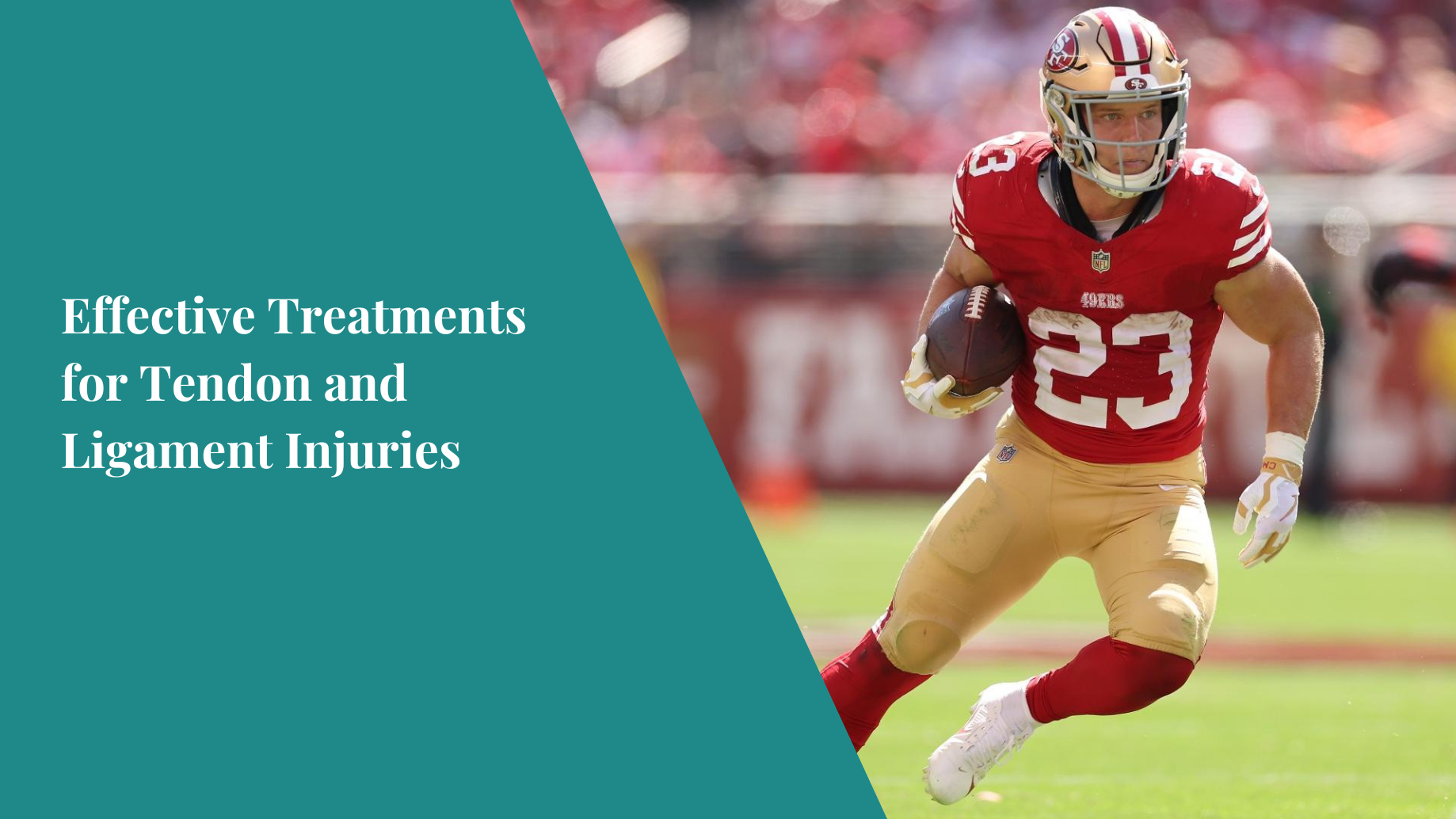Have you ever wondered why certain treatments work wonders for some people while others see…

These 9 Surgical Alternatives Can Help You Manage Chronic Pain
If you’re suffering from chronic pain, it may seem like there aren’t many options.
With whatever is causing the pain, you might be feeling like your body is literally on a roller coaster ride and all you can do is screw your eyes shut, clench the handrail for dear life, and just wait miserably for it to be over.
For most people, finding the quickest form of relief to manage chronic pain is at the forefront of their minds.
While surgery is an option and has been proven successful in addressing a wide range of painful conditions, several recent studies show that a variety of non-surgical methods can offer different and sometimes better results for certain patients.
Not to mention, many people report having more chronic pain as a result of a surgery.
The good news is that there are a number of pain management options that don’t involve surgery but could substantially improve your life.
What is chronic pain?
The term “chronic pain” refers to long-term pain, which is usually defined as pain that lasts for longer than three consecutive months. It can sometimes be very difficult to manage chronic pain, and all sufferers do not experience the pain in the same way.
For some, chronic pain affects a specific part of the body, such as the lower back or with headaches and facial pain. For others, it can affect many regions of the body at once, as is the case with fibromyalgia, osteoarthritis or peripheral neuropathies.
According to the Mayo Clinic, the chronic pain doesn’t just become a symptom of a disease, illness or injury anymore. It becomes an illness unto itself.
Alternatives to surgery to help manage chronic pain
When it comes down to it, there are a number of ways to manage chronic pain without surgery. But how do you go about it?
Take up Tai chi
Tai chi has been practiced for centuries, helping to relax the mind, body and spirit. Gentle movements and postures are combined with a focused mind, and breathing to help alleviate pain through the use of gentle range of motion exercises.
These types of gentle exercises have been shown to be particularly helpful with reducing back pain and also pain from knee osteoarthritis.
It may seem counterproductive to exercise at all while in pain, but many doctors do recommend it for long-term pain management.
Epidural steroid injections
If you’re suffering from chronic back pain or neck pain, many major health authorities agree that epidural steroid injections could be an effective treatment. Many spinal conditions can cause inflammation or pinched nerves, so the injections—which usually consist of a steroid and a numbing medicine—are given in the area around the inflamed or damaged nerves.
For those hoping to postpone surgery, epidural steroid injections may provide enough temporary relief, and they may also allow you to begin an exercise program.
Target the pain with PRP
For patients with chronic lower back pain and osteoarthritis, therapies such as steroid and Botox injections—as well as surgery—are commonly used. However, those therapies often result in poor outcomes and most of the common options come with adverse side effects.
Recently, there has been increasing interest in tissue regeneration and healing using injections of bioactive substances. These alternative methods usually involve injecting concentrated dextrose and platelet rich plasma (PRP) into targeted areas on the body.
Growing evidence suggests that a promising pain management option includes regenerative injection therapies using PRP.
Stimulate tendons and joints with prolotherapy
People who play basketball, tennis or just naturally age often are faced with shoulder tendon pain and joint damage. The chances of your shoulder tendons and joints being healed are very good with prolotherapy.
“Prolo,” short for proliferate, means to grow. Platelets stimulate stem cells to regrow tissue, such as joint cartilage, tendons and ligaments. This treatment, designed to rebuild and strengthen the body, is the direct opposite of surgery or cortisone injections.
Application of hot and cold packs
The Beth Israel Medical Center says that the application of “superficial” heat can increase blood flow, helping to decrease joint stiffness and muscle spasms. In the short term, both hot and cold packs can reduce stiffness, swelling and even pain.
Cold packs are especially effective in the mitigation of painful muscle cramps and joint pains.
Ingestion of non-opioid pills
There are several medications on the market today that can help relieve pain, even though pain relief is not their primary purpose. This is because they are analgesics, and medications like antidepressants contain them.
Other medications that can help are anti-inflammatory drugs and “headache pills.”
Any one of these non-opioid pills can really help a patient manage chronic pain and help them lead more fulfilling lives.
Cell therapy
According to a recent study by Australian researchers, using stem cells can do wonders for diseased joints and the spine. This method has been proven especially helpful with patients dealing with a herniated disc.
The new research suggests that using stem cells without direct injection to the affected areas of the spine can repair bulging discs by regenerating the outer tissue surrounding the spine, bringing in more oxygen to the damaged discs and reducing inflammation.
At the Tolbert Center for Rehabilitation and Wellness, we have found that cell therapy can be a beneficial non-surgical alternative for managing chronic pain because, once stem cells are injected to the problem area, nature takes its course and the body’s natural healing process begins.
Essential oils
A number of essential oils can not only provide relief from the discomfort of chronic pain but also the anxiety and stress that come along with it. Basil, peppermint, wintergreen, clove, lavendar and sandalwood are some of the suggested oils that contain pain-fighting powers. Studies also show good results from using fish oil, Vitamin B, glucosamine and chondroitin.
Try a little TLC
Believe it or not, the simple act of a big hug can go a long way when you’re in great physical pain. Hugging releases a hormone called oxytocin, which makes people feel good, lowers cortisol levels and reduces stress.
A nice hug from someone you know and trust activates the center of our bodies so that we can respond to love and affection. For people dealing with chronic pain, setting aside times to give and receive hugs can help with depression and increase a person’s tolerance for pain.
At the Tolbert Center, we are known for passing out hugs freely. Research tells us that the loving care from a hug has long-term effects. These are the results we like to see for all our patients dealing with chronic pain.
Bottom line: There is growing evidence that chronic pain can be managed without surgery by looking beyond merely the physical aspects of chronic pain and focusing on the social and psychological effects. The most effective methods involve a combination of traditional treatments with a mind-body approach and a therapy that involves movement and exercise.
The Tolbert Center for Rehabilitation and Wellness is a Los Angeles-area state-of-the-art medical facility specializing in using non-surgical and minimally invasive techniques and procedures for the management of chronic pain. Dr. Glenna Tolbert, the founder of the center, is Board Certified in Physical Medicine and Rehabilitation, with a sub-specialty in Spinal Cord Medicine. Dr. Tolbert believes in a holistic approach to healthcare, where the physician, team of specialists and patients work in partnership to restore the quality of life to each patient. To learn how you can treat a number of chronic pain conditions for less money than it takes to have a spa day, check out our pricing at DrGlennaTolbert.com.



